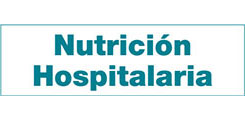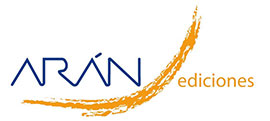Trabajo Original
Composición factorial de una escala de autoeficacia en el cuidado de la alimentación y salud física en universitarios mexicanos
José R. Blanco, Martha Ornelas, Jesús Viciana, Judith M. Rodríguez
 Número de descargas:
27437
Número de descargas:
27437
 Número de visitas:
10737
Número de visitas:
10737
 Citas:
3
Citas:
3
Compártelo:
Introducción: la autoeficacia es un importante factor mediador hacia cómo los individuos sienten, piensan, se motivan y se comportan. La expectativa de autoeficacia es un predictor importante de las intenciones y acciones de los individuos frente a diversas situaciones, siendo por tanto necesaria su medición. Objetivos: el presente estudio pretende indagar las propiedades psicométricas para una escala de autoeficacia en el cuidado de la alimentación y salud fisca, comprobando su estructura y su invarianza factorial. Métodos: la muestra se compuso de 1.313 estudiantes universitarios de las licenciaturas de Educación Física y Motricidad Humana que se imparten en la Universidad (omitido por anonimato), con una edad media de 20,46 años (± 1,87). La estructura factorial del cuestionario se analizó a través de análisis factoriales confirmatorios. Resultados: los análisis mostraron la adecuación de una estructura de cinco factores (ejercicio físico, cuidado de la alimentación, afrontamiento de problemas, evitación del consumo de tabaco y evitación del consumo de alcohol), mostrando adecuados índices de ajuste de fiabilidad (valores superiores a 0,85) y validez (GFI = 0,907; RMSEA = 0,053; CFI = 0,960), y explicando más del 70% de la varianza. Además, los resultados de los análisis factoriales llevados a cabo con dos submuestras indicaron fuertes evidencias de estabilidad de la estructura factorial (diferencia de CFI inferiores a 0,01). Conclusiones: la escala de autoeficacia en el cuidado de la alimentación y salud física es adecuada y puede usarse en estudios científicos. Futuras investigaciones deberían corroborar estos hallazgos.
Palabras Clave:
DOI: 10.4067/S0718-50062011000600004
DOI: 10.1016/j.sbspro.2013.12.105
DOI: 10.1007/s11336-008-9102-z
DOI: 10.1007/s11336-008-9101-0
DOI: 10.1207/S15328007SEM0902_5
Artículos más populares
Revisión: Inteligencia artificial generativa ChatGPT en nutrición clínica: avances y desafíos
ChatGPT y otras herramientas de inteligencia artif...
Revisión: Suplementación con micronutrientes y sus beneficios: ¿por qué y cuándo?
Introducción: los micronutrientes participan en la...
-
Licencia creative commons: Open Access bajo la licencia Creative Commons 4.0 CC BY-NC-SA
https://creativecommons.org/licenses/by-nc-sa/4.0/legalcode




